Journalist Esther Honig wanted to examine how the standards of beauty vary across cultures. She sent a picture of herself—makeup free and hair pulled back– to 40 different graphic designers across the globe with only one request: “Make me beautiful.”
What she received back blew her mind. (And mine.)
Some of the pictures came back with minimal changes, what I think of as studio photo retouching. Like this image from Romania:
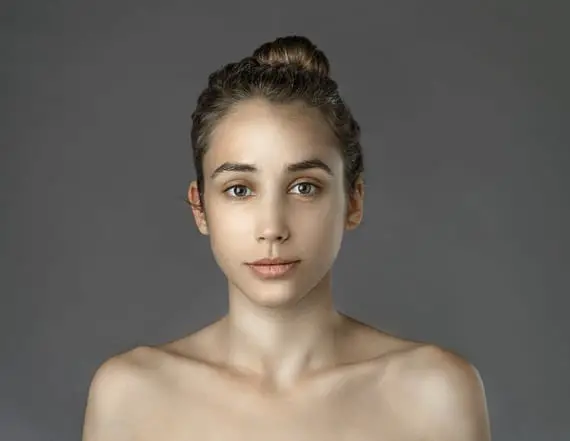
Others were radically altered. This one is from the Philippines:
What struck me is that some designers changed Honig’s features in ways I wouldn’t even think of, going to extremes like changing her eye color, removing collar bones, and altering the shape of her eyes and forehead.
As in this one from an artist in the US:
Honig told Elle Magazine, “We have to remember that this is a reflection of our culture, but also a reflection of the individual Photoshopper. In the U.S., maybe the Photoshopper felt he was given creative freedom, so he was inclined to really go at it and see what he could create. I don’t think it necessarily says that in the U.S. we’re more inclined to alter images or more obsessed with this concept of unattainable beauty.”
That depresses me, I’d rather keep the Photoshop-driven obsession of beauty contained within one or two countries.
In an InStyle interview, Honig described her reaction to Morocco’s image, “The creator’s choice to dress me in a Hijab introduced me to a new element to the notion of beauty and religious customs I hadn’t really considered.”
One designer in Germany created more of an artsy portrait:
And Bangladesh’s contribution seems to equate beauty with the Swan Lake:
The picture that most shocked Honig was not from a foreign culture. She told InStyle that the image below, created by a US designer, “…made me shriek when I first opened it. It has been manipulated so radically that I felt like I was looking in the mirror and not recognizing my own face.”
In total, forty designers from twenty-five countries participated, but Honig has received many unsolicited contributions after the project received media attention. She’s thinking about including those images in phase two of the experiment. Her conclusion after this first phase:
"Photoshop allows us to achieve our unobtainable standards of beauty, but when we compare those standards on a global scale, achieving the ideal remains all the more elusive."
Would you consider yourself more beautiful if you had a different eye color? Different shaped face? How much of your appearance could be altered before you would no longer recognize yourself in the image?
 It's All Fucked Shirt $22.14 |
 Ape Out Shirt $21.68 |
 It's All Fucked Shirt $22.14 |

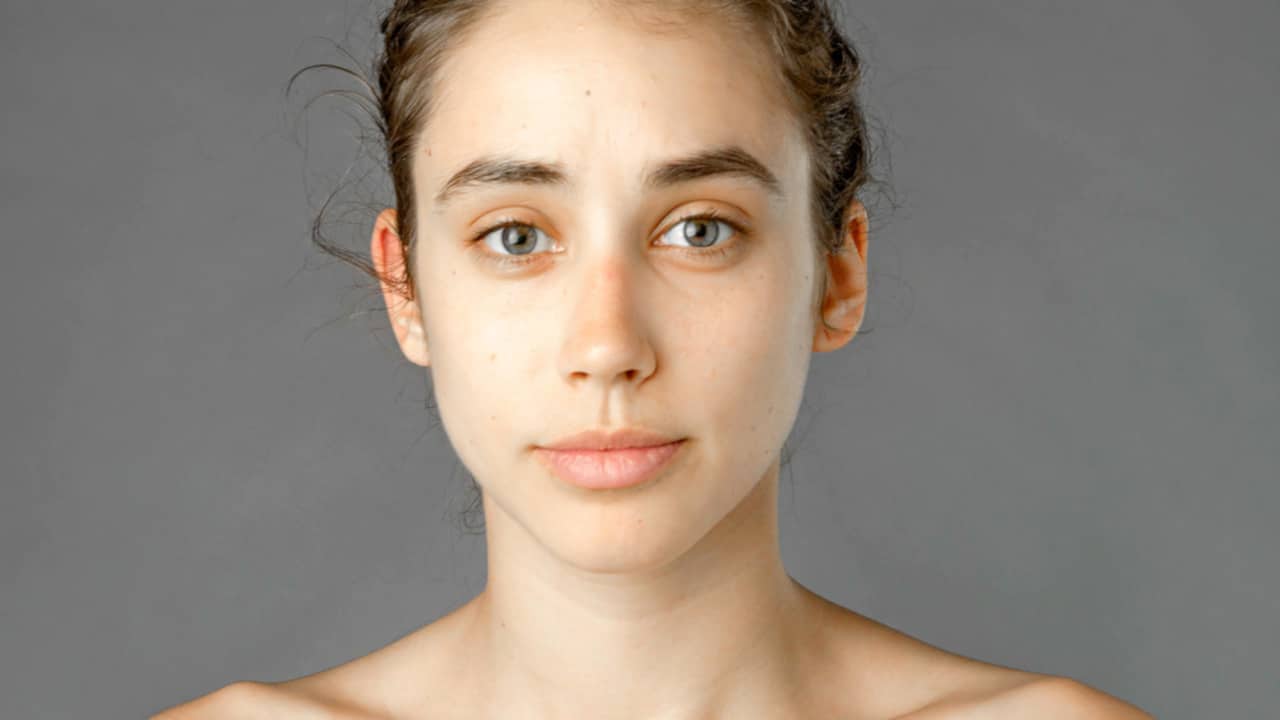
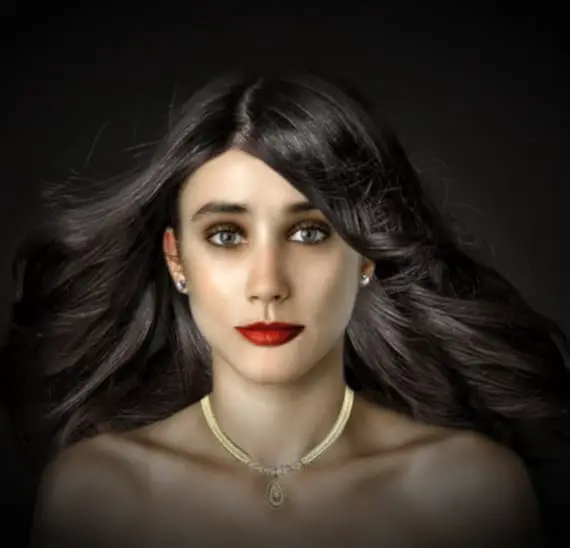
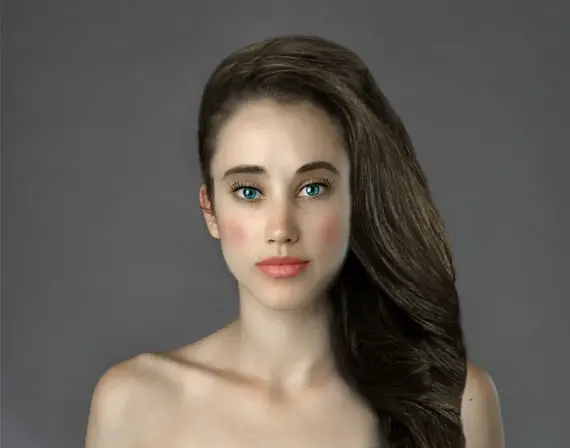
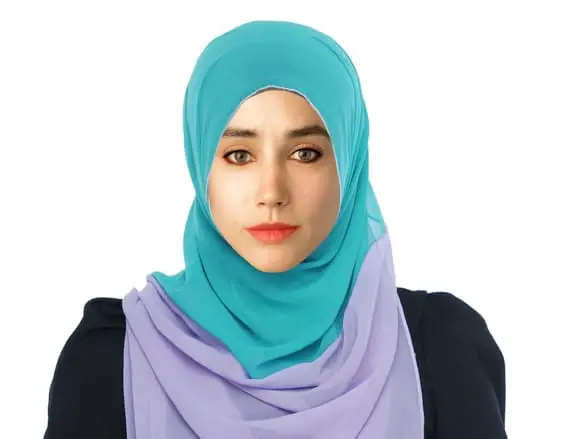
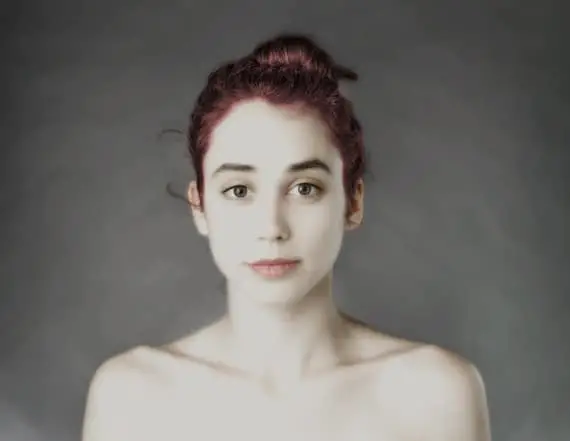
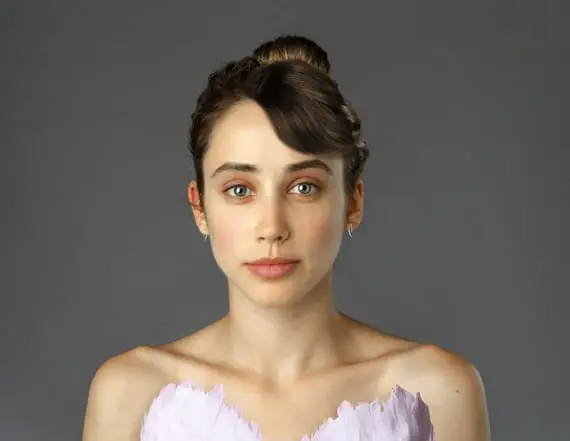
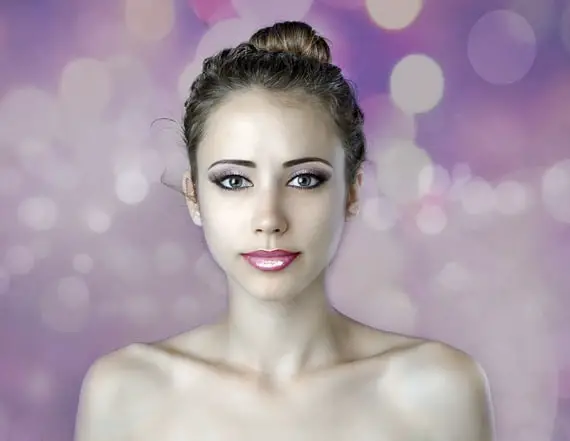
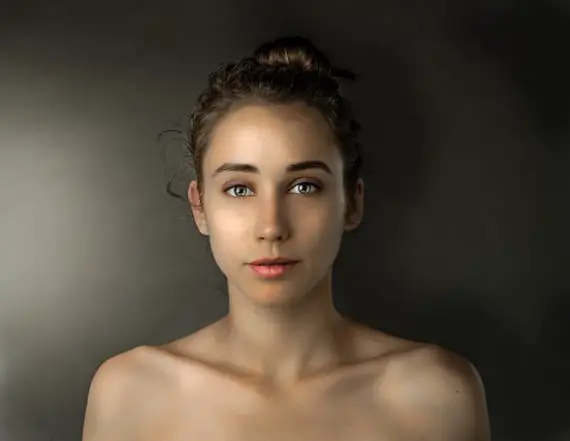
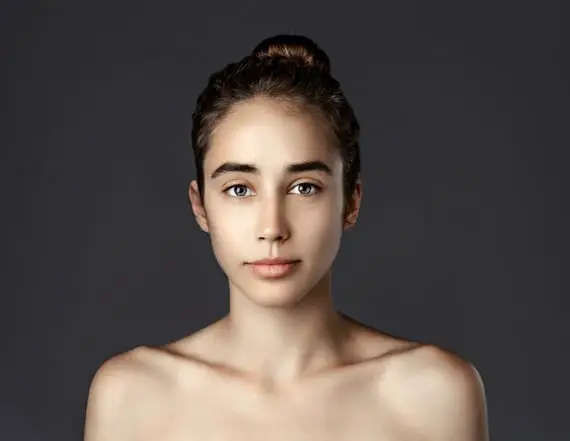
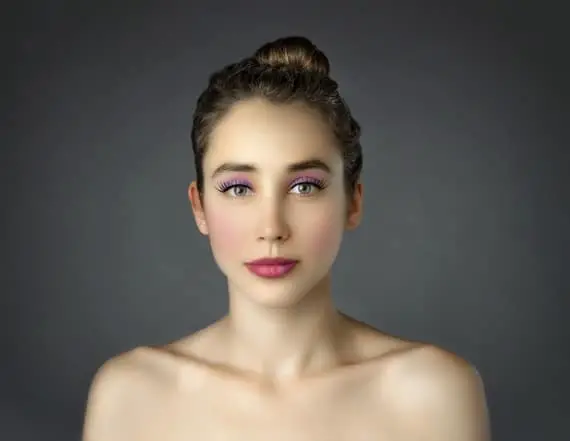
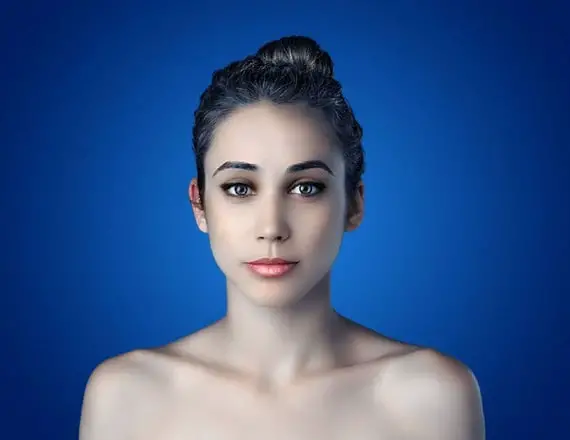
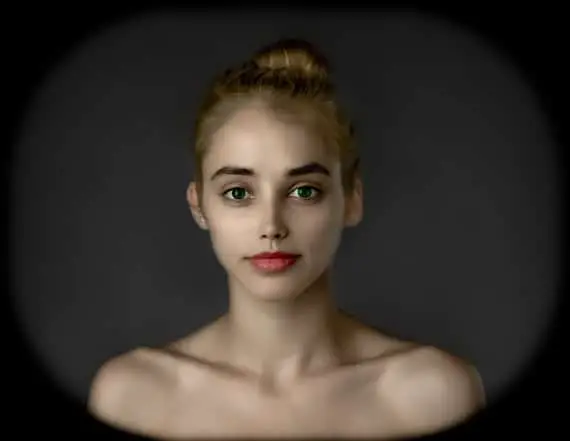
That last one from the US–sheeeew, that’s an odd one. It looks like personal taste or subculture to me–because it comes off as gamer, fantasy, LARPer turned to CGI, which looks creepy to my eye. But the standards of beauty change by all kinds of different alternative cultures and cliques–why else would the Spice Girls have been so popular?
I think the whole camera lens focus, or as if you looked down a scope at the women adds to the creepiness. Something is just off about that picture even if I didn’t know how different it is from the original.
I don’t see how photoshop designers can speak for an entire culture. The US one just looks like a video game character. I personally think she looks fine without makeup. I’ve woken up next to much worse.
I think everybody is beatiful on their own way
I think the original is the most beautiful.